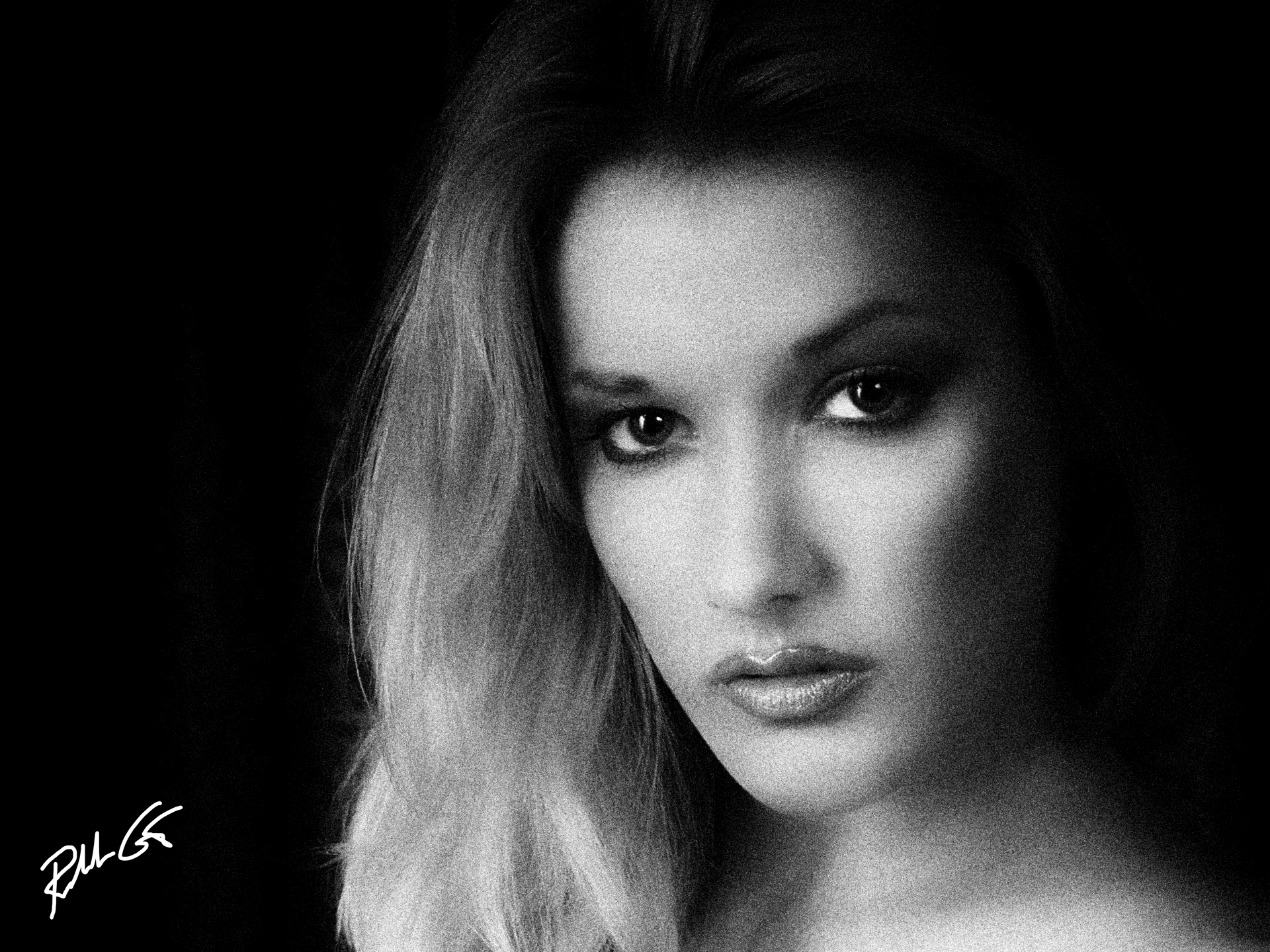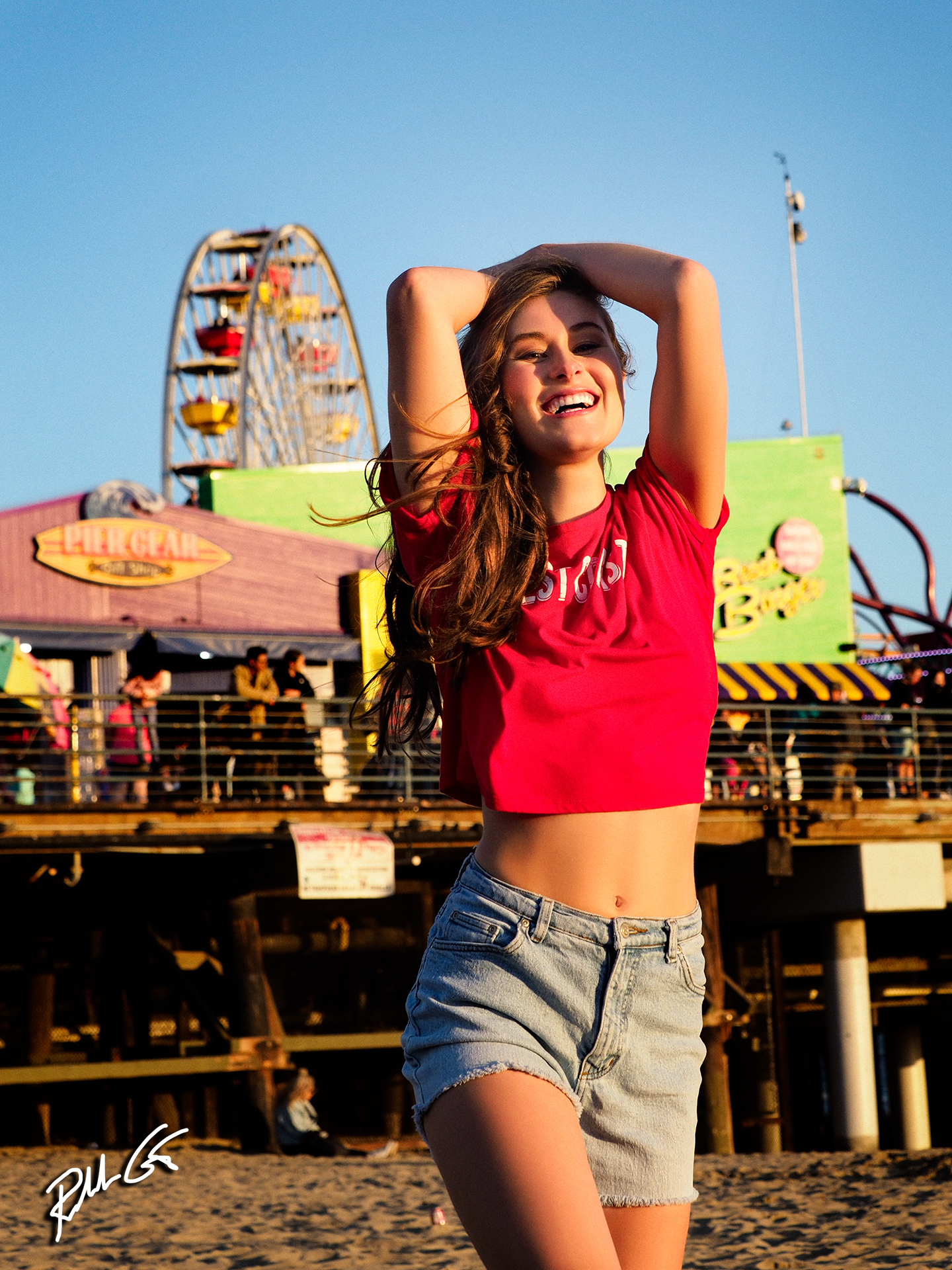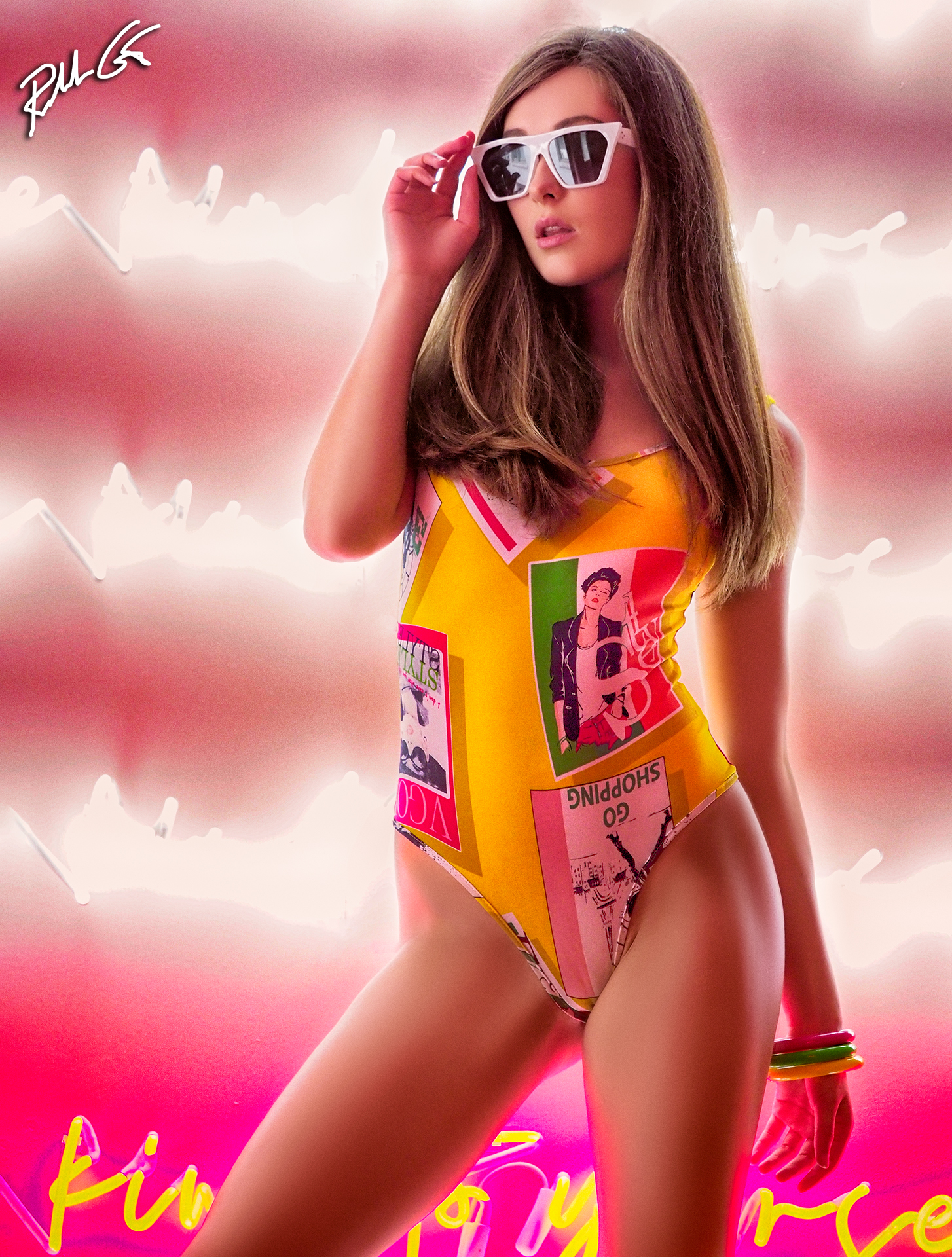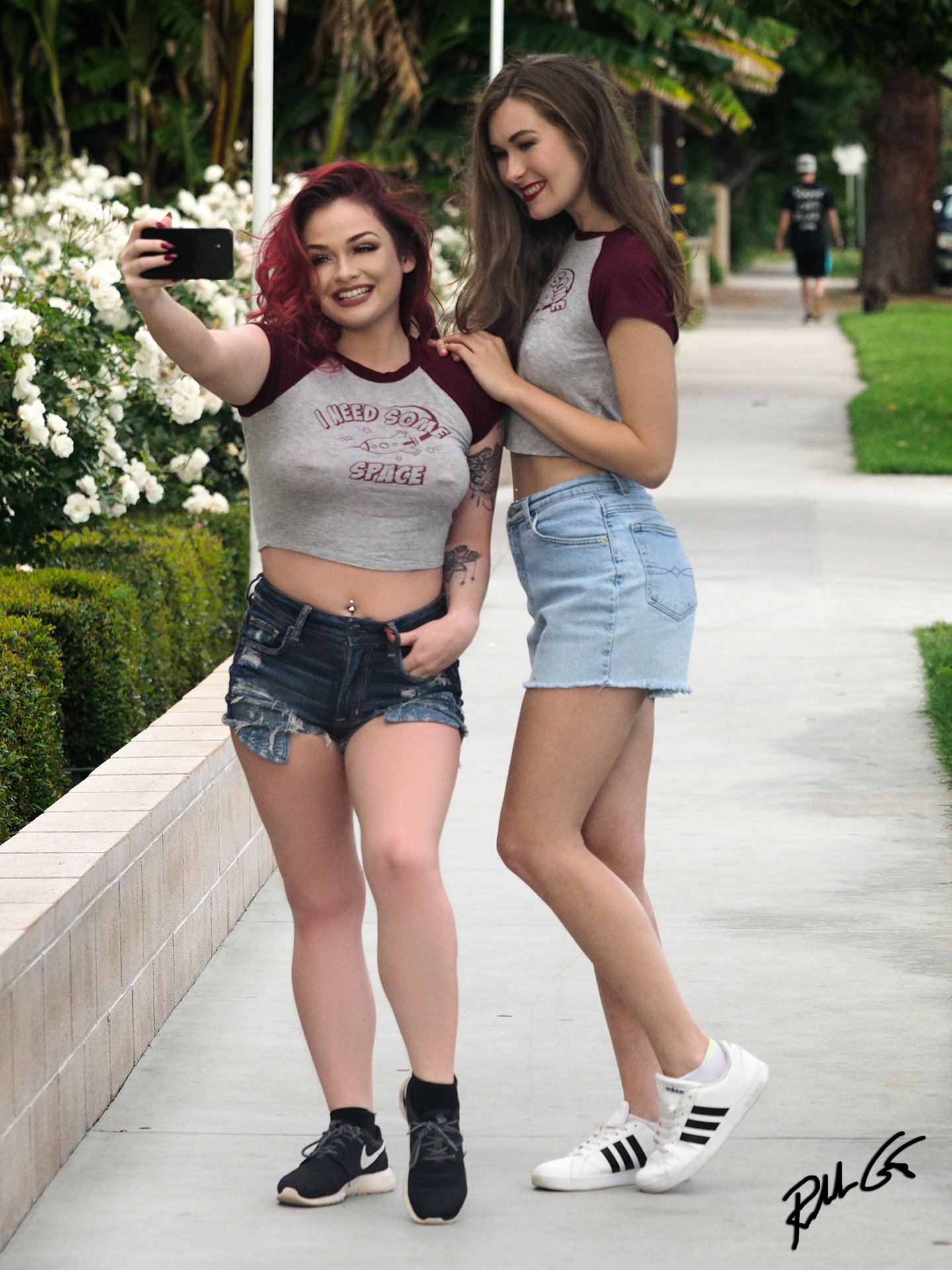Back in the days of film, professional photographers would prioritize their time to include darkroom days, shooting sessions, and administrative time. Call it a part of the photographic culture and to survive in any creative profession, you have to allocate time to production, marketing, and business which continues to evolve with today’s technology.
Are we losing our photographic culture today in the process? Perhaps the better question is, “Do you operate in a linear or digital mode today?”

The photographic culture today evolves every Monday when the board of directors meet and as photographers, we must adapt to it daily.
Production
Let’s start with production first. In the old days a professional photographer would either allocate part of a day, or an actual day, to process film and print photos. Depending on the type of product, such as slides for publication submission, or prints for clients to frame — the darkroom day itself was a chore of processes.
The development process included mixing and diluting chemistry, bringing chemistry up to temp, and rolling film in total darkness on stainless steel reels. The actual steps to process film down to agitation times and methods were all part of the process. Just to roll the film on reels required a special touch and feel technique and chemical temperatures sometimes required tolerance of plus or minus a quarter of degree, especially for color film.
From development the film would then dry while the photographer would print photographs from a previous shoot or assignment. It was always about being efficient with your time once you made the commitment to work in safelight conditions. Then once the film dried, the photographer would cut the film into strips and “sleeve” the strips into clear plastic pages, sometimes to make “contact sheets” for later review with a grease pencil.

While this photo was captured with a professional mirrorless cameras, it could just have been easily captured on a smartphone.
These steps photographers took in the darkroom, from processing film to burning and dodging during the printing process helped establish a passion for the craft. In fact, we were often limited to 24- or 36-exposure rolls. There was no “spray and pray” time when working with film. It was not only too costly, as photographers we appreciated how a photo would come to life in that processing tray right before our eyes.
In fact, I’d bet to say, this darkroom time made us better photographers and taught us to appreciate every frame we captured plus form our minds to think like the film during our shoots. In other words, we would subconsciously think as we shot how our final prints would eventually evolve during the development and printing processes.
We were in a world once to make everything count in the camera, now in the photographic culture today, everyone has a camera if they own a phone, so we’re more saturated in a “happy snaps” world rather than an actual world of master photographs. Has today’s easy automation combined with social media diminished the value of photography today? I’d say yes and proof of that is the most popular camera of photography today, the smartphone.
In the photographic culture today, we download images from digital capture cards and smartphones. So, in summary, let’s look at what we’ve lost in photographic culture today when it came to the darkroom days of film:
- Chemistry (C-41, E-6, D-76, Dektol, dilutions, developer, stop bath, fixer, thermometer, etc.)
- Stainless Steel Reels (plastic reels, tanks, touch and feel of rolling film)
- Agitation (technique for controlling contrast, shortening developer times, tapping tank to remove air bubbles)
- Contact Sheets (carefully cutting film, sleeving in plastic pages, printing contact sheets)
- Grease Pencils (crop marks, printing percentages, notes)
- Safelights (solarization, working in dark conditions for hours, the smell of fixer, stop bath, lights on/off as needed)
- Printing (enlargers, contrast control with filters, paper grades, burning, dodging with our hands)
Obviously, we couldn’t work in a darkroom, or room of corrections, without a photo shoot first, and that too has changed with digital technology. As an example, when’s the last time you saw full aperture values, or F/stops, on a lens barrel? Have we forgotten our traditional F/stops and what they represented? Why do we have F/2.8 and F/5.6 and not F/3 and F/6?
Rule of Stops
Full aperture values are significant for the Rule of Stops. They not only impact proper exposure values, but they help us understand light (think Inverse Square Law, Sunny 16 Rule) and depth of field (think bokeh). Today we simply chimp and adjust either our shutter speed or F/stop to darken the photo to our tastes, though more technically trained photographers read their histograms and make the proper adjustments to ensure the highlights aren’t blown out while still maintaining shadow detail.

We’ve gone from a linear to a digital world today, think of it as going from neon to LED’s.
In the film days we called it, “expose for the shadows, print for the highlights” as negative film is more forgiving than digital mediums due to a wider latitude to exposure error. Because of that, the new saying in digital photography is, “expose for the highlights, print for the shadow detail” or more commonly heard as, “expose to the right,” in reference to the fact that the highlight information is found on the right side of a histogram.
From our film days, full- or half-stops were determined by halving or doubling shutter-speeds or aperture values. By changing one, we affect the other. In other words, if our proper exposure called for 1/60th at F/11, then the equivalent to maintain the same exposure would either be 1/125th at F/8 or 1/30th at F/16. Here are some traditional, commonly used “stops” for helping you determine proper camera exposure:
- Shutter-speed stops: , 1/2sec., 1/4sec., 1/8sec., 1/15sec., 1/30sec., 1/60sec., 1/125sec., 1/250sec., 1/500sec., 1/1000sec, 1/2000sec and 1/4000sec.
- Aperture values stops: F/2.8, F/4, F/5.6, F/8, F/11, F/16, F/22
In summary, we’ve lost the value of true F/stops and what they represented when it came to exposure, but we’ve gained a new word for the photographic dictionary, bokeh, and now have to deal with white-balance plus shooting RAW vs. JPG. We’ve also lost the value of different film emulsions for desired effects, but we’ve gained HDR and photo editing programs plus high ISO’s.
Marketing and Business
So yes, while we’ve lost some skill sets, we’ve also gained others and that holds true with the marketing and business side of photography. Marketing and business often overlap and are less separated today, thanks to all the social media tasks we must complete to compete.
In film days, marketing was as simple as taking out Yellow Page and newspaper advertising. For local photographers, if you had the budget, you might even include billboard advertising along with flyers and most certainly business cards. A photographer also maintained a hand-carry photography portfolio and mail-out portfolios. The business side of things included payroll, billing, booking appointments over the phone or in person, plus cold calling over the phone.
Today it’s different in that we’ve got to establish social influence through social media and even upload our photography portfolios and bios on tons of website directories and photography communities. That marketing might even include participation on Internet forums, Facebook groups, commenting on blogs and most certainly, creating a business Facebook fan page. Blogging, tweeting, creating definitive Facebook pages, etc., require another skill set too, such as effective writing skills and sometimes even basic HTML knowledge while understanding layout and design.
Now we carry iPhones or iPads for our portfolios. Portfolios are a must online especially on your photography website. While in the old days, especially for commercial clients, you only showed your client the one genre of photography they were looking for, in the photographic culture today you show all the genres of photography you’re able to provide.

More smartphones capture photos than professional cameras like DSLR or mirrorless cameras camera bodies.
It’s all about showing potential clients that might stumble on your photography via a search engine because you practice good SEO (Search Engine Optimization), all the “categories” in your portfolio, not just one. The pro here is that a potential client can now see your diversity and on the other hand, the con can cause you to lose a potential client that doesn’t like the other genres you shoot, perhaps for personal or religious reasons.
Regardless, to survive in the photographic culture today, photographers must be more diversified than specialized, however, specializing extremely well in one style of photography might be effective for brandingand your photographic style identity.
Speaking of the business side, it’s easier and more economical to send out bulk emails (from an opt-in list and not spam of course) than going down the phone book and cold calling potential clients. Payroll is more automated thanks to accounting software vs. actual ledger entries and even payroll is electronic too, instead of physically cutting checks. Booking appoints are automated online where the customer can actually enter the information for you with the right website programs. Not to mention, having email sign-ups for your updates and newsletters allows you to create an email list, and that’s gold.
In summary, in the photographic culture today we’ve gained the ability to reach a larger audience via the Internet and social media and we’ve even got metrics to measure our results, such as Google Analytics. We can build our brand faster. The power of the keyboard is mightier than ever — but it can also get you in trouble as often too much is shared on the Internet, if not by you, but by a jealous competitor trying to take you down or an unsatisfied customer.
Not everyone understands there are always two sides of every story, so in essence all it takes to lose a potential customer is one online bad review. However, your online portfolios are available to more people than before and if you simply showcase your best work, that alone can cancel a negative review as everyone wants a great photograph, not a mediocre picture. Testimonials help too.
Though we’ve lost that “personal touch” as printed words often sound harsher than spoken words so emails, especially if not worded properly, can send the wrong message. Heck, your “about page” on your website can cause misconceptions too if you’re not paying attention to what you’re really trying to tell the world.
As an example, when a photographer claims they are the “President or CEO” of their own photography business — unless you have hundreds of employees, that claim to fame is more harmful as it sends the message across that you’re a narcissist. Bottom line, you’re simply a skilled photographer and your photos should speak for you, not some egotistical title.
Basically, in the photographic culture today, it’s about prioritizing production, marketing and the business side while remembering the roots of photography. Understanding past and present photographic culture helps too, like the concepts, fundamentals and principles of the art form. Establishing social power is important, provided that you understand the social culture and how it can react at the drop of a hat.
Shooting in the automatic mode on a camera or proficiency with filters on an app doesn’t make you a professional photographer any more than stepping into a film darkroom. It’s about feeling confident you can shoot in the manual mode effectively, with confidence, while maintaining an Internet presence — now that’s a joint culture many don’t fully understand, and few have mastered.



